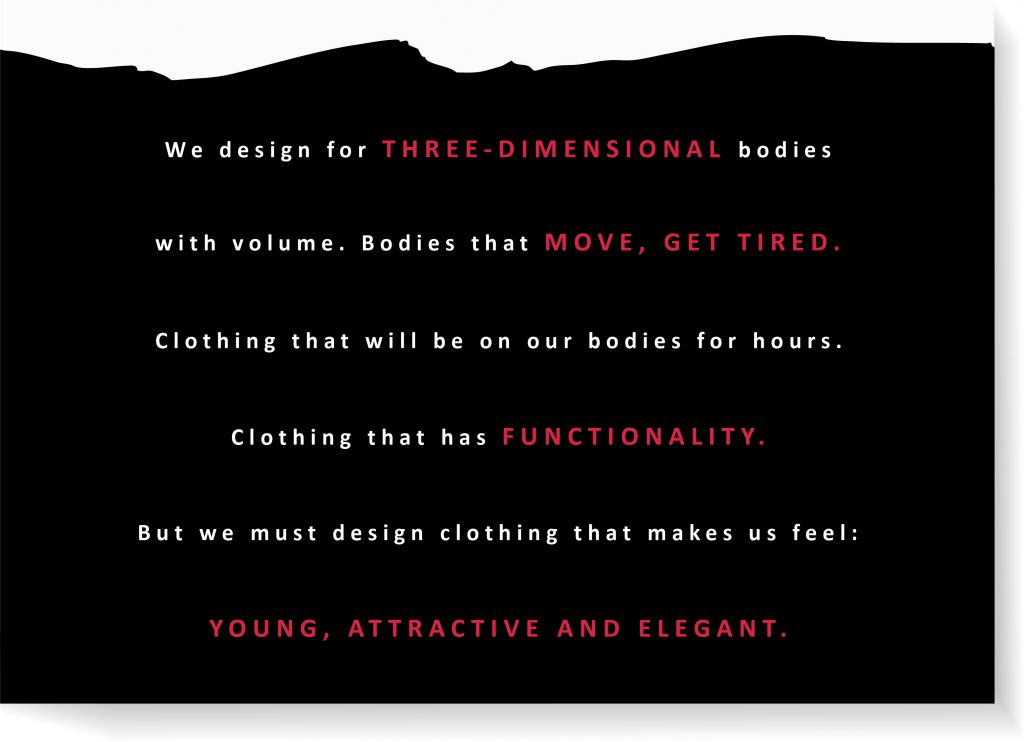Whether the brand is conceptual or commercial, there are a few defined phases to design a fashion collection that I’d like to share.

Behind every great fashion collection lies a well-structured process. Understanding its key phases reveals how ideas take shape and turn into finished designs.
Plan
Timing is essential before creating a collection. The starting point should always be the end goal: when do we need production to be in the warehouse or store?
Creating a realistic timeline, with clear dates and deadlines, is crucial for the process to flow as smoothly as possible. At this stage, it’s also important to define:
- The number of pieces in the collection.
- Production costs and timelines.
- The fabrics and materials that will be needed.
By defining these elements, you’ll set a solid foundation for the next steps in designing the collection.
Research
This is the time to analyze runway shows, understand current trends, and explore the latest fashion techniques. Every brand has a unique positioning, and while following trends is important, they must be adapted to fit the brand’s identity to avoid confusing customers or losing sales.
It’s also essential to analyze your competitors’ social media presence. This helps you understand how they communicate their collections, spot common trends, and identify opportunities to differentiate your brand and add unique value.
Select
When selecting fabrics and trims, it’s worth noting that current trends indicate customers are increasingly looking for more durable and sustainable garments. Price is, of course, an important factor. However, when choosing between two fabrics with similar costs, it’s essential to evaluate which one adds more value to the collection, whether in terms of quality, sustainability, or functionality.
Mood Boards
As fabric samples start arriving from suppliers and with the prior research completed, it’s time to create the collection’s mood boards. These visual tools help connect creative concepts with selected materials, showcasing color palettes, textures, and styles that will guide the design.
Mood boards provide a clear, overarching vision and serve as a source of inspiration for the entire team throughout the development of the collection.
Sketch
The design process often begins with freehand sketches to capture initial ideas. This hands-on approach allows for quick exploration of concepts and experimentation with shapes. However, it’s important to move swiftly to software tools, which streamline the process, facilitate adjustments, and optimize presentations. These tools play a crucial role in the preparation of technical specifications.
Technical Sheets
In my experience as a consultant for the EBRD and through collaborations with various brands, I’ve noticed that technical sheets are often the most overlooked aspect of the process. However, they are vital for any production, as they serve as the “recipe” for the design.
Whether working with local or international manufacturers, technical sheets must include all the necessary details to ensure a smooth production process. These documents specify materials, measurements, finishes, and other key aspects that guarantee each garment is produced as intended.
Every great collection begins with a clear vision and thoughtful planning—let your creativity lead the way.
